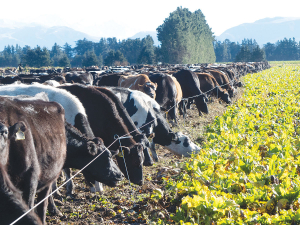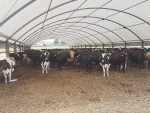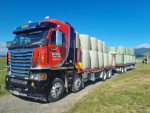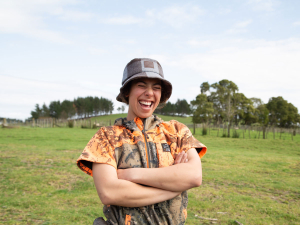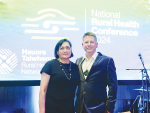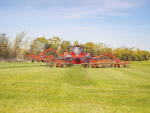Catch crops could rise in importance in crop rotations, particularly as the regulatory spotlight lights up the environmental impact of winter feed crops.
Catch crops are sown as early as possible after a winter feed crop has been grazed, with the aim of mopping up excess nutrients in the soil before they disappear over or down the soil profile and make their way into waterways.
Early results from the first year of a Ministry for Primary Industries Sustainable Farming Fund (SFF) project – which is looking at using catch crops to mitigate nitrate (N) leaching during winter forage grazing – has shown that the inclusion of a catch crop (such as greenfeed oats) can generate a gross profit of $2500/ha. That is from a 12 tonne dry matter (DM) per hectare crop harvested in November (range 8-12 t/ha). The DM is valued at 25c/kg.
In this particular example – where oats were sown into a grazed kale paddock in mid July – the oats pulled up 223kg N/ha N that would potentially have been lost to the environment.
Peter Carey, a field research scientist with Lincoln Agritech, who is doing the three year SFF project, says they have three trial sites in Canterbury and two in Southland, all on commercial farms.
Last year four out of the five trials were very successful which reinforced the value of catch crops as part of a crop rotation.
“Catch crops increase the efficiency of the operation by retaining N in the system which farmers would otherwise have waved goodbye to.”
Carey says forage crops can yield 15-25t DM and carry a lot of stock in a small area at a time of very low plant growth. This means a lot of urea is sitting in the soil which will be turned into ammonium and then nitrified to nitrate, the most mobile form of N.
“While they are on relatively small areas, these crops are potentially big sources of N loss and can have up to 300kg N/ha sitting there with nothing to take it up.”
Carey says although they are comparing triticale and Italian ryegrass as part of the catch crop trial, oats are ideal because they are more winter active, and therefore are growing when the bugs in the soil start turning the ammonium from the deposited urine into nitrate.
The whole process is temperature related.
“Once the soil temperatures warm up enough to start the oats growing, it is exactly the same time as the nitrification process kicks into gear.”
Oats, with their larger seed, are also more robust and have deep roots to capture the soil N.
Carey says one of the challenges with catch crops is having the ability to get the crop established in winter-wet soils. Last winter was particularly favourable, but comparisons between conventional cultivation and direct drilling (with minimal passes) showed that while initially the conventionally worked crops looked to be ahead of the direct drill treatments, by harvest there was little – less than one tonne – difference in yield.
“It was a bit surprising and of course the direct drilling was cheaper, so if conditions allow, the direct drill looks to be the best option.”
Conventional cultivation also accelerates the nitrification process so there is potentially greater N loss from the cultivated soils before the crop is established.
One of the exciting finds last winter was the use of a one-pass inversion or spader drill in the Gore tillage trial. This drill enabled establishment seven weeks earlier than the conventional cultivation/drilling treatments and resulted in significantly greater DM production and N uptake.
This year Carey will compare cultivation techniques again but also investigating different crop mixes comparing oats only with an oats-Italian ryegrass mix.

